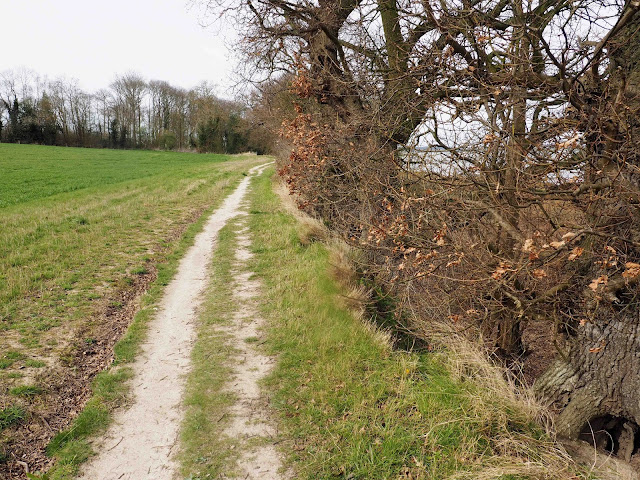When does a desire line become a walking path?
In order to avoid quoting wikipedia I’m going to quote yourdictionary.com
– they say that a desire line is “A path
that pedestrians take informally rather
than taking a sidewalk or set route; e.g. a well-worn ribbon of dirt that one
sees cutting across a patch of grass, or paths in the snow.”
A perfectly good definition I’d say, and above is
a very nice one in Vienna; and yes, if you look really closely you can see Harry Lime’s
Ferris wheel in the middle distance. I do wonder
if there was always a gap in that hedge or whether pedestrian desire created
it.
And above is another nice one seen on my travels, not as well-worn as many – it’s outside the library in Ely, Nevada, birthplace of Patricia Nixon (Ely –
not the library).
The one above is clearly a walking path, actually
part of the Essex Way, an 82 mile walking route from Epping to Harwich. Obviously there’s
no sidewalk (pavement) and other routes across that patch of land would be possible
but none so direct, and if you're walking 82 miles you don't want to do too much meandering. You might think a desire
line is the shortest route, and perhaps also the path of least resistance, though in this case that applies to the walking path.
So imagine how intrigued I was by the path above, seen just outside
the boundary of Griffith Park. It was leading
off from a street I know pretty well but I’d never noticed it before. I thought
it might be some indirect way into the park and it seemed pretty inviting so I
started walking on it.
It was, you’d have to say, a disappointment. It runs for maybe 30 feet then takes a sharp left
and then you see a gate:
It’s the entrance to somebody’s back yard, and the owner understandably wants to keep out wandering riff raff. If the path had been perfectly straight and I’d
been able to see the gate from the street I wouldn’t have even set foot on the
path. I wouldn’t have had any desire.
Some contradictions to be worked out
there.















